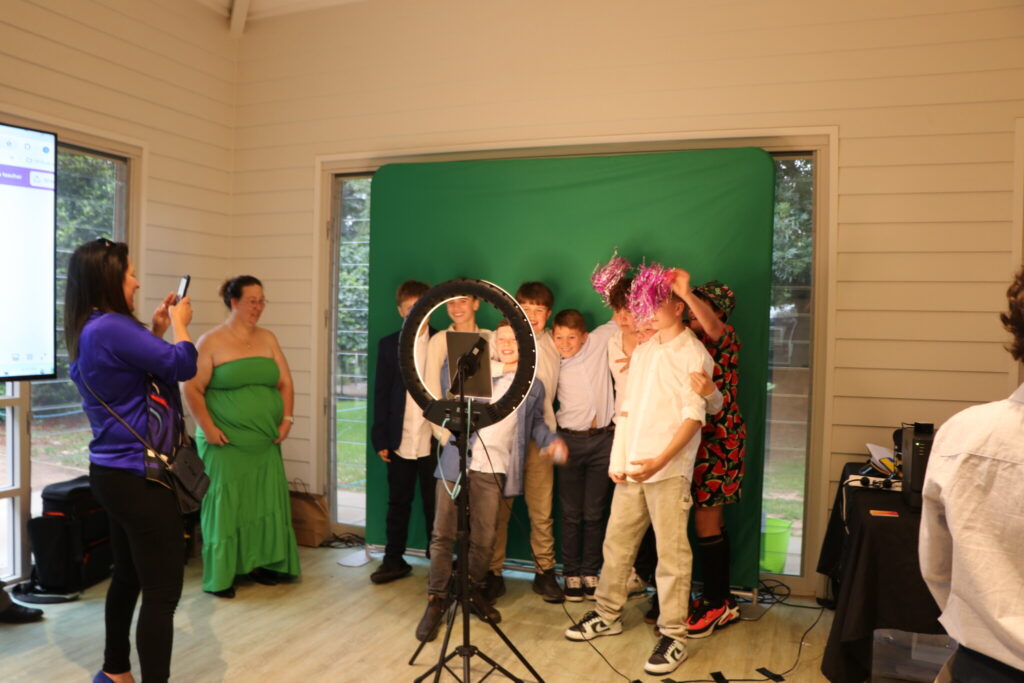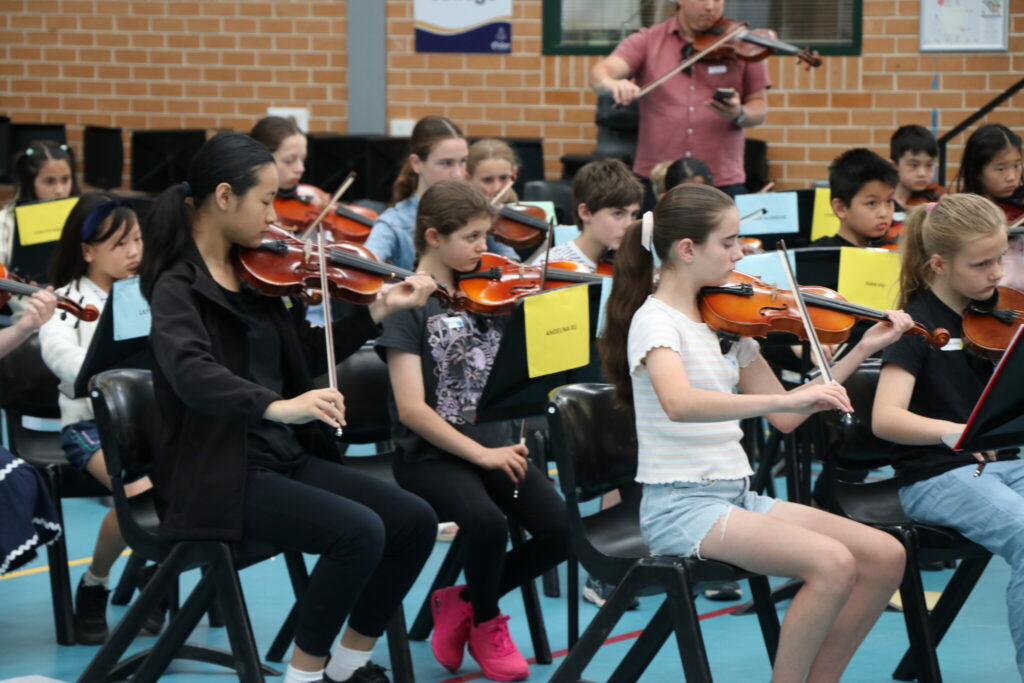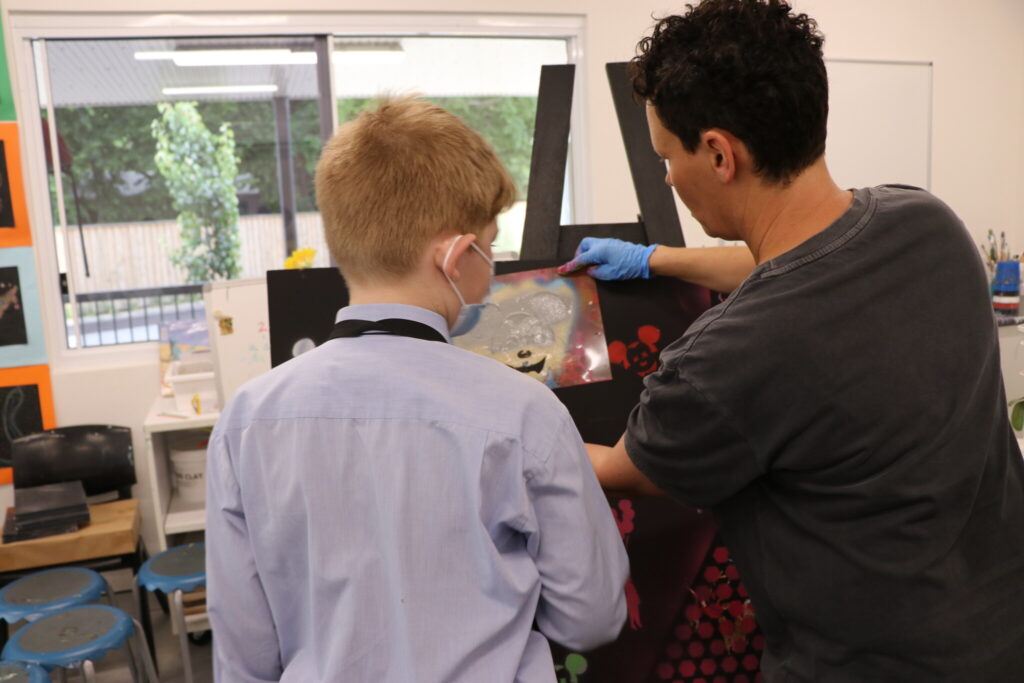Hero? Villain? Victim? Ned Kelly in texts
A villain; an outlaw; a hero; a legend; a victim; an icon…
Throughout time, this is how perceptions, views, and opinions have changed regarding Ned Kelly: a symbol of Australia, trapped in his heavy steel armour. However, we only see him in a specific way depending on how he is represented in the numerous forms of media, such as songs, film, and artworks. Some representations portray the bushranger as callous and a downright criminal, while others see him as an inspiration and somewhat of a brave warrior. Additionally, in other representations, he may be seen as a sufferer of tyranny or a legendary icon. Nevertheless, attitudes and beliefs about Ned Kelly shift over time, based on how a certain piece of media represents him.
A considerable example of a representation of the bushranger – which portrays him as a villain – would be Sergeant Steele’s description of capturing Ned Kelly. Steele was a member of the Victorian police, who shot Ned Kelly down at Glenrowan. His personal account of events creates a huge emphasis on Kelly as an antagonist – or rather “the devil.” He has also contributed to forming this negative image of Ned by describing him as a kind of “inhuman creature”, since he is a “ghostly apparition…the strange figure, enveloped in a huge overcoat”. All these descriptive phrases are known as epithets – and the use of this literary device have made Sergeant Steele’s version of events subjective, yet a purpose of entertainment.

In contrast to Sergeant Steele’s description of capturing Ned Kelly, representing him as a villain, Paul Kelly’s song “Our Sunshine” represents Kelly as a victim, nevertheless an Australian icon. The song narrates him as someone guiltless that we, as a country, should have admiration of, as he was “never known to hurt a woman” and “he never robbed an honest man”. Paul Kelly enhances the idea of Ned Kelly’s innocence – as well as the hardship faced over the years – using a pause within a line of his song known as a caesura: “Through fire and flood, through tears and blood.” This technique highlights that despite all that Ned has gone through during his life, his legacy continues to today.

These two individual representations both present how beliefs and perceptions of Ned Kelly change with time – from him being a type of unearthly outlaw to a heroic and legendary symbol of Australia. Regardless, a particular view about him relies on what we think of him. Was he an outlaw and a villain? Hero and a legend? A victim? An icon? How we judge Ned Kelly also depends on the knowledge that we have of him, which is usually portrayed within different forms of representations, shaping our personal views over time. Yet, the unanswered and debatable question remains: was he a hero, villain or victim?
Ruby C, Year 8



















































































































































































































